
Katherine Olivia Sessions was an American botanist, horticulturalist, and landscape architect closely associated with San Diego, California, and known as the "Mother of Balboa Park."

The General Federation of Women's Clubs (GFWC), founded in 1890 during the Progressive Movement, is a federation of approximately 2,300 women's clubs in the United States which promote civic improvements through volunteer service. Community Service Projects (CSP) are organized by local clubs for the benefit of their communities or GFWC's Affiliate Organization (AO) partnerships. GFWC maintains nearly 60,000 members throughout the United States and internationally. GFWC is one of the world's largest and oldest nonpartisan, nondenominational, women's volunteer service organizations. The GFWC headquarters is located in Washington, D.C.
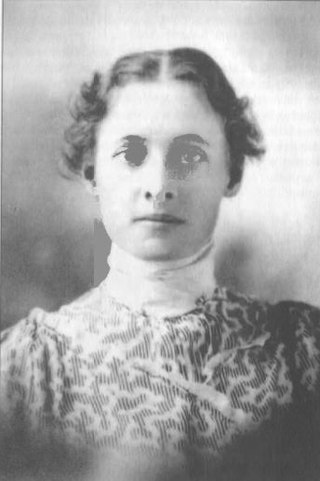
Emily Eolian Williams was a pioneering woman in architecture who was active in Pacific Grove, San Jose, and San Francisco in the early 20th century, at a time, when very few women were able to enter the profession. She mainly designed houses, with conveniently planned interiors, and a few institutional buildings and an exhibition stand at the Panama-Pacific International Exposition in San Francisco.
The following is a timeline of the history of San Jose, California, United States.

John Wesley Shenk was a city attorney in Los Angeles, California, a Superior Court judge and a member of the California Supreme Court.
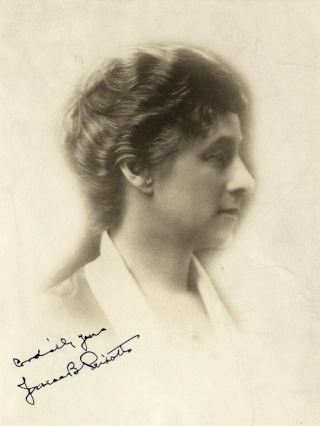
Jessica Blanche Peixotto was an American educator and writer.

Lillian Burkhart Goldsmith was an American vaudeville performer, clubwoman, and businesswoman, based in Los Angeles.

The women's club movement was a social movement that took place throughout the United States that established the idea that women had a moral duty and responsibility to transform public policy. While women's organizations had existed earlier, it was not until the Progressive era (1896–1917) that they came to be considered a movement. The first wave of the club movement during the progressive era was started by white, middle-class, Protestant women, and a second phase was led by African-American women.
Rahme Haider or Rahme Haidar, sometimes billed as "Princess" Rahme Haider, was an educator and lecturer based in Los Angeles, California.
Pearlretta Weller Severance DuPuy was a noted zither player, and later she became a member of the San Pedro Woman's Club, in addition to being a lecturer and parliamentarian.

Edith Monica Jordan Gardner was an American educator, specialized in history and an activist, including woman's suffrage and in the Sierra Club. She was president of the Southern California Social Science Association, Town and Gown Club, Cornell Women's Club of Northern California, Stanford Woman's Club, and the University of California branch of the Equal Suffrage League, among others. She was the head of the History Department at the John H. Francis Polytechnic High School, chairman of the Department of Legislation Oakland Forum, and one of the earliest members of the Sierra Club.
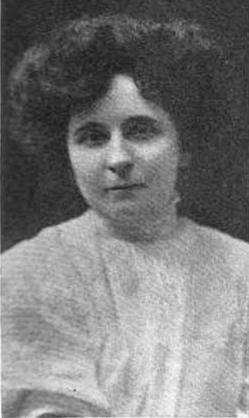
Adelaide Dorn WallersteinMcConnell was an American translator, medical doctor, lawyer, and clubwoman, based in New York City.
This timeline provides an overview of the political movement for women's suffrage in California. Women's suffrage became legal with the passage of Proposition 4 in 1911 yet not all women were enfranchised as a result of this legislation.

Florence Collins Porter was an American newspaper editor, clubwoman, political campaigner, and activist for temperance and women's suffrage.
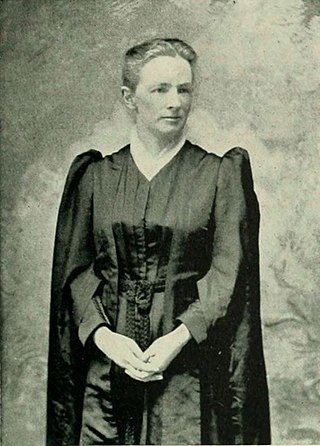
Eliza Mason Tupper Wilkes was an American suffragist and Unitarian Universalist minister.

Ava Lloy Galpin was an American educator, clubwoman, suffragist, temperance activist, and politician, based in Southern California.

Eleanor Gertrude Gogin was an American educator, and a national secretary of the YWCA, in charge of the organization's programming for girls and young women from 1918 to 1927.

Abbie Norton Jamison was an American pianist, composer and clubwoman, based in Los Angeles. She was first vice-president of the National Federation of Music Clubs in 1915, president of the California Music Teachers Association, and president of the California Federation of Music Clubs.
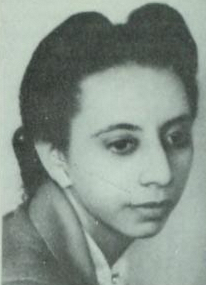
Audrey Boswell Jones was an American social worker and lawyer. She was president (basileus) of the Los Angeles chapter of Alpha Kappa Alpha (AKA), and western regional director of the sorority, in the 1940s.















